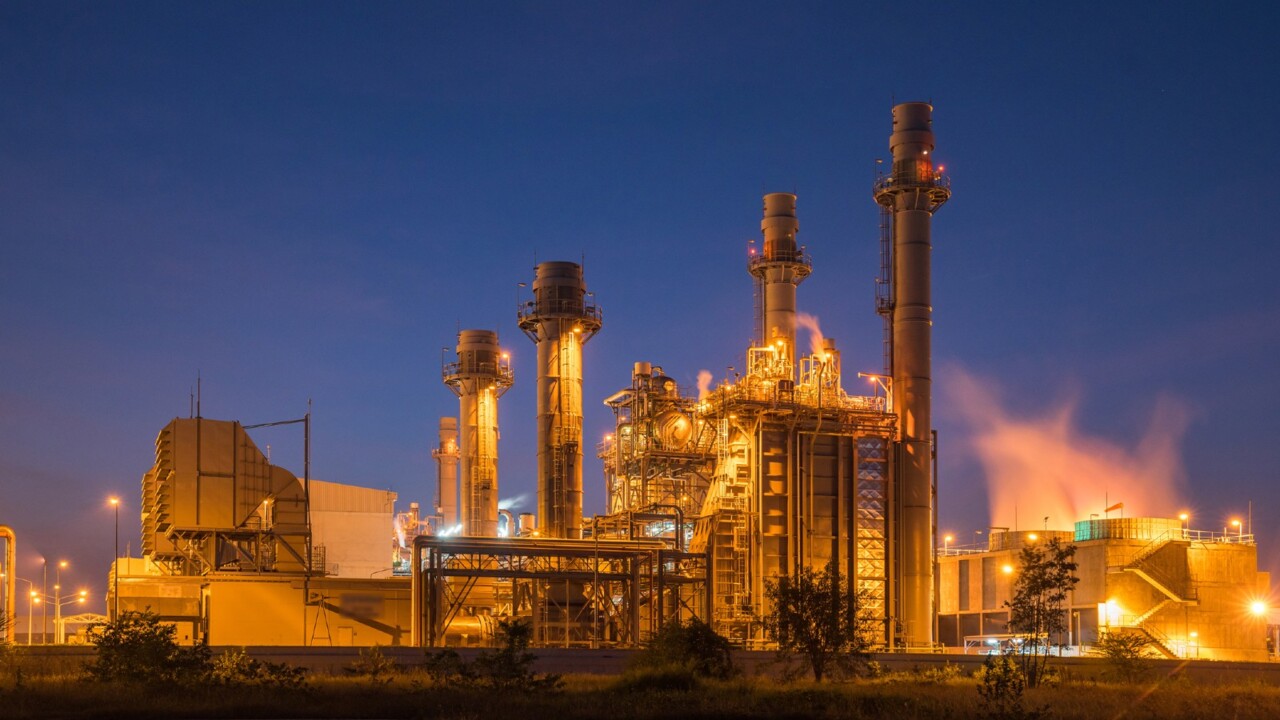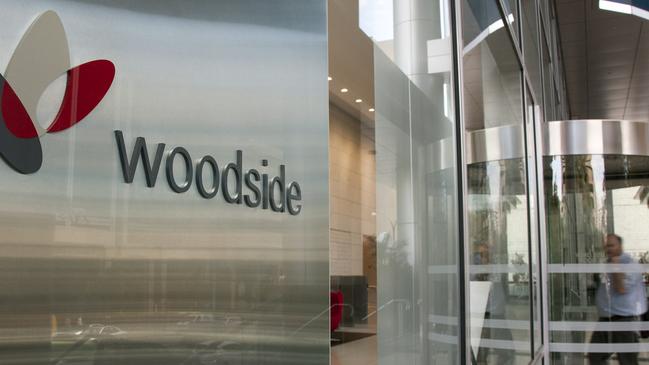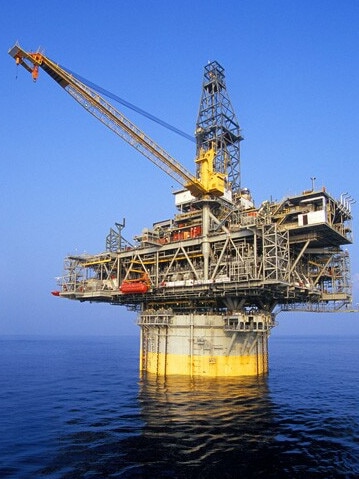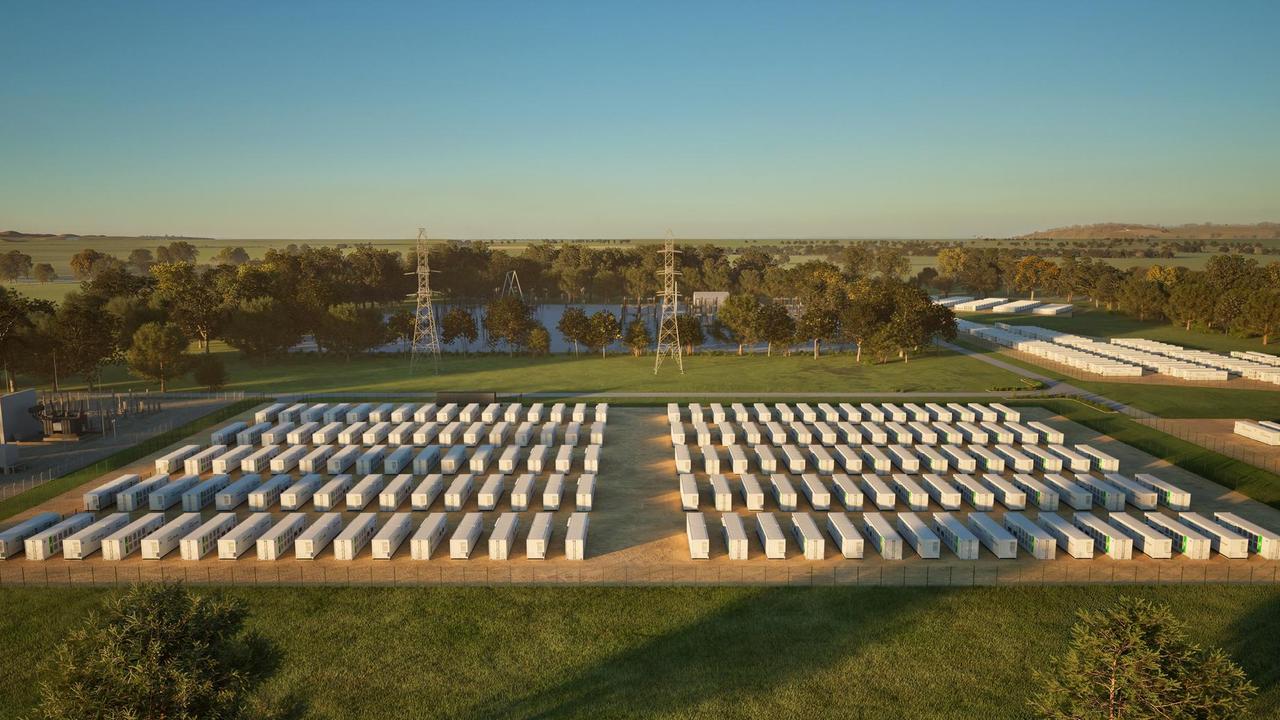Pressure is now on Woodside to make the mega-merger deliver
The oil and gas giant wants to have it both ways: Keep delivering dividends while spending up big. Can it really do it?

Business
Don't miss out on the headlines from Business. Followed categories will be added to My News.
It’s exactly a year since Woodside declared it was jumping into the big league of global oil and gas production. Now under chief executive Meg O’Neill it confronts the dilemma facing all energy companies: Dividends versus growth.
To stay big in oil and to a lesser extent gas, you need to spend an extraordinary amount of money to make money and the payday for projects are often many years away.
On the latest numbers Woodside’s board has tried to have it both ways as it delivered a bumper $US2.1bn ($3bn) in dividend payments for the six months to end-June, representing 80 per cent of the company’s underlying net profit.
It was also the biggest dividend in more than eight years and has raised expectations that the December half year could see more of the same.

It was just 12 months ago when Woodside and BHP unveiled their $US40bn mega-merger which resulted in the hard rock mining giant tip all of its energy assets – mostly focused on oil production – into the Perth-based gas producer. It was also this time last year that O’Neill was named as the chief executive, after holding the role in an interim capacity for several months.
The BHP deal gave Woodside access to the cash being delivered from BHP’s Gulf of Mexico, Trinidad and Mexican operations. The theory is that in the initial years, Woodside should be able to leverage the additional free cashflow from BHP to help fund its growth plans.
The merged company now has a hungry multibillion-dollar investment pipeline ahead of it which has made some longer-term fund managers wonder whether the windfall from booming energy prices is being pushed out the door too quickly – including new shareholders that have come on board through BHP.
Could Woodside be setting its shareholders up for disappointment, given such a high payout ratio is unlikely to be sustainable, even if oil prices hold high?
With the mechanics of the merger now done, O’Neill will turn her attention to a forensic
review of the company’s expanded oil and gas portfolio; some underperforming or end-of-life operations could quickly see themselves be put up for sale.
The move is to ensure “we’re allocating effort and resources to the highest priority opportunities”. This process will also see some strong arguments from the legacy BHP side about the extent of investment that is needed for its flagship oil projects in the Gulf of Mexico to spending big on exploration for longer-term projects.

Oil developments have a high-upfront cost but are generally quick to bring onstream although returns fall away quickly and the capital outlay is high.
Gas is capital intensive upfront, but comes with a longer payback period. Gas also has the benefit of low ongoing cost. Although it is carbon intensive, it has a smaller footprint than burning coal or oil for the same energy output.
O’Neill has called out $US9bn on capital spending over the next two years including the Scarborough/Pluto second train and the Sangomar oilfield development offshore Senegal. At the same time BHP will face a call from the operator to expand the Mad Dog field in the Gulf of Mexico, which could be as much as $US3.9bn over the next four years alone.
While the likes of BHP and Rio Tinto have been quietly paying down debt to be in a net cash position. Woodside’s debt has remained stubbornly stable at $US5.38bn.
After the dividend is paid out, gearing will move back into the bottom end of the 10 per cent to 20 per cent which is the new lower debt target for Woodside, but this is going up during a peak pricing period.
O’Neill says the board is committed to returning value to shareholders “through the cycle” while retaining options to invest in growth,
“When we looked at the current financial position, we said the right thing for us to do at this point in time is to focus on returning value through that dividend at the upper end of our target range and preserving the ability to do future investments,” she says.
Woodside has positioned itself as a transition energy play, with gas making up 70 per cent of its operations. It is also making $US5bn worth of bets on future-facing energy sources including developing liquid hydrogen production facilities as well as carbon capture and storage, to possibly extend the life of gas.
Geopolitical fire
O’Neill finds herself on the right side of a geopolitical wildfire with demand for non-Russian gas likely to remain elevated for years to come, keeping a floor under prices.
In Norway this week, Shell global chief executive Ben van Beurden said that Europe could be forced to ration its energy supplies for a number of years and that supply side problems were unlikely to last “just one winter”. Shell is a joint venture partner with Woodside on the North West Shelf and the Browse project.
O’Neill says there is “no doubt” that energy security has become a fundamental issue for world energy markets and this has translated to commodity price rises. Average prices received by Woodside doubled in the June half. High demand, she says, could last through to the end of the decade.
“The LNG story is now more than just Asia, with Europe emerging as a major demand centre as Western Europe seeks to reduce reliance on Russian pipeline gas,” she says.
O’Neill says Woodside is already seeing the benefits of its mega-merger with BHP Petroleum “to an even greater extent than we had hoped”. So far she has locked in $US100m of the targeted $US400m in cost savings.
“I’ve talked about the value being delivered by the expanded portfolio and the cash it generates. The balance sheet is very well positioned for this point in the cycle as we head into a period of significant cap-ex in the coming few years,” she says.
“The strengthening…allows us to continue progressing the investments that are already underway, unlocks our ability to invest in new energy opportunities. And we see the opportunity to capture cost synergies by the services together. So I think the strategic rationale for the merger remains very positive,” she says.
johnstone@theaustralian.com.au
More Coverage
Originally published as Pressure is now on Woodside to make the mega-merger deliver





